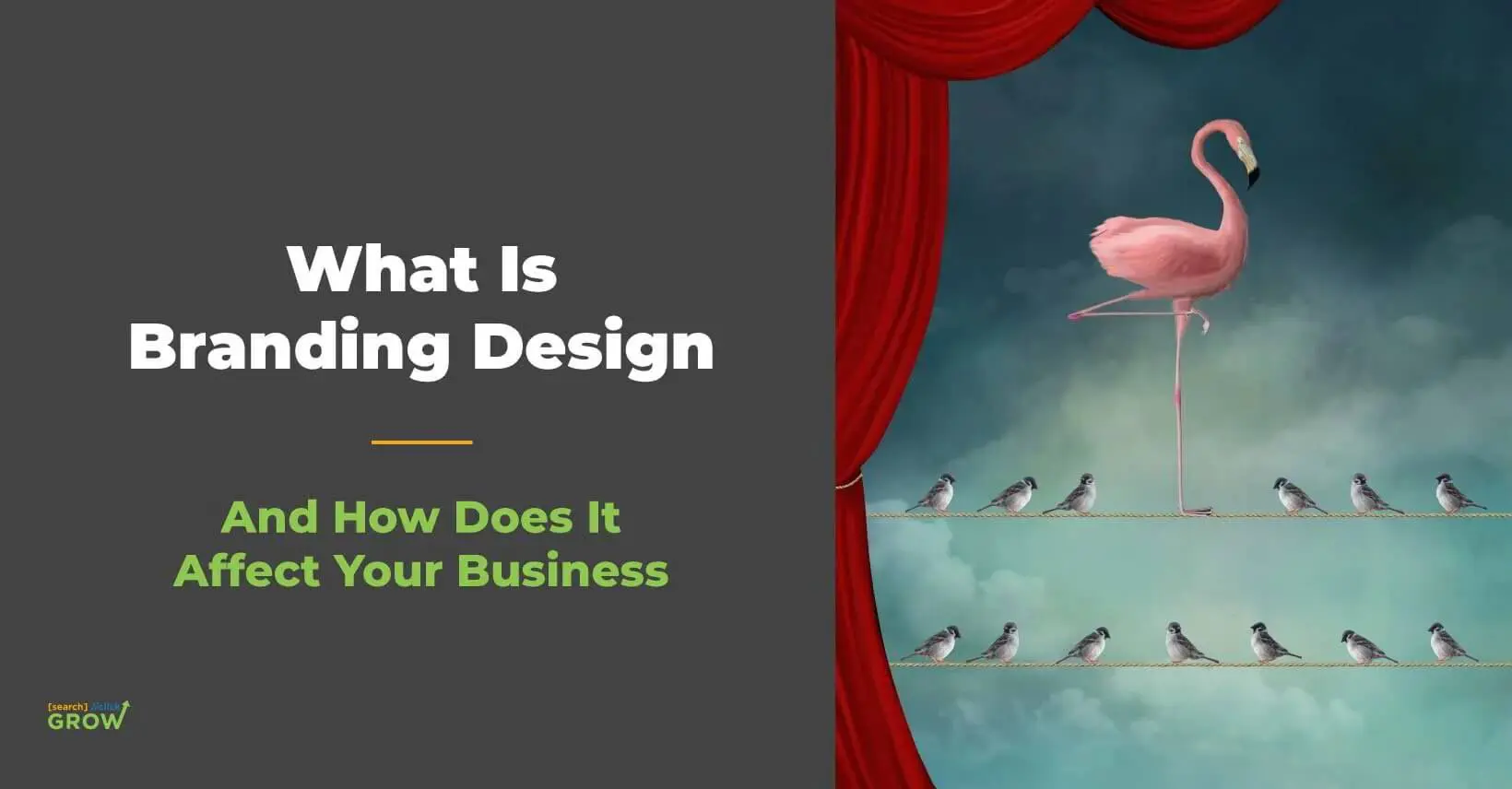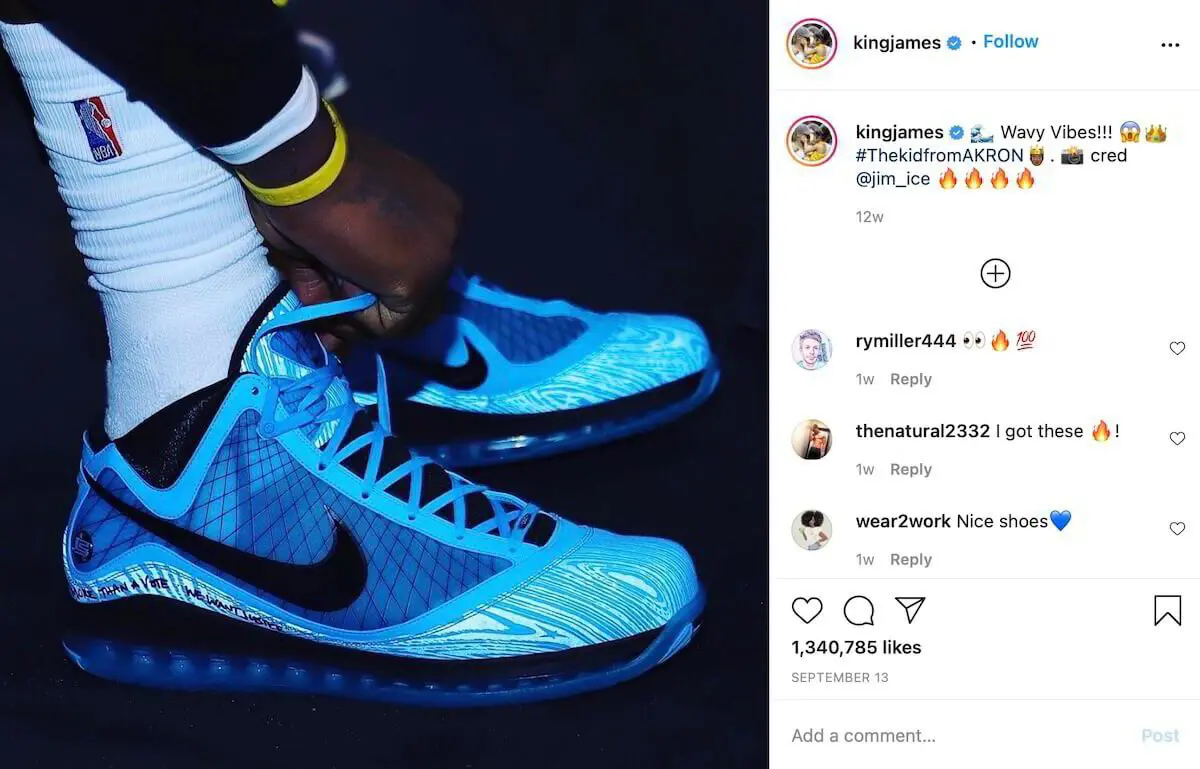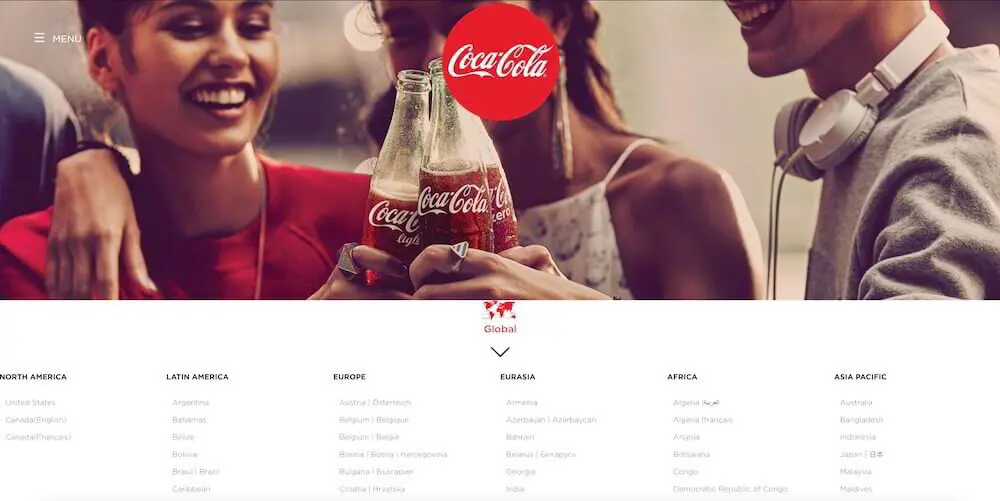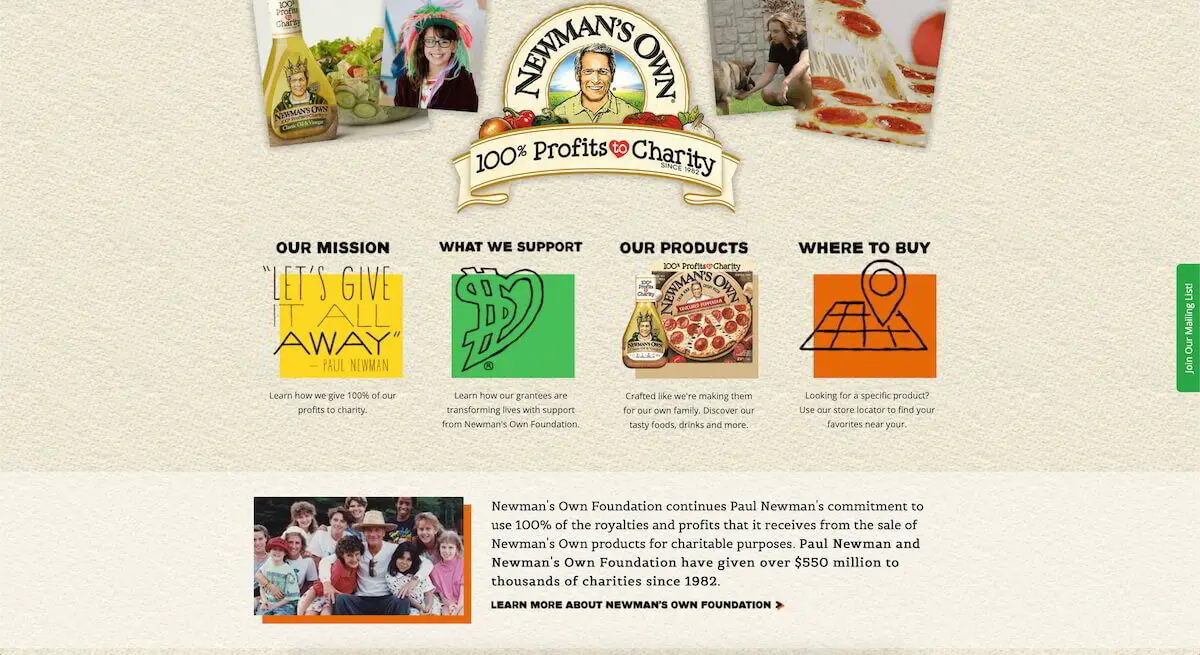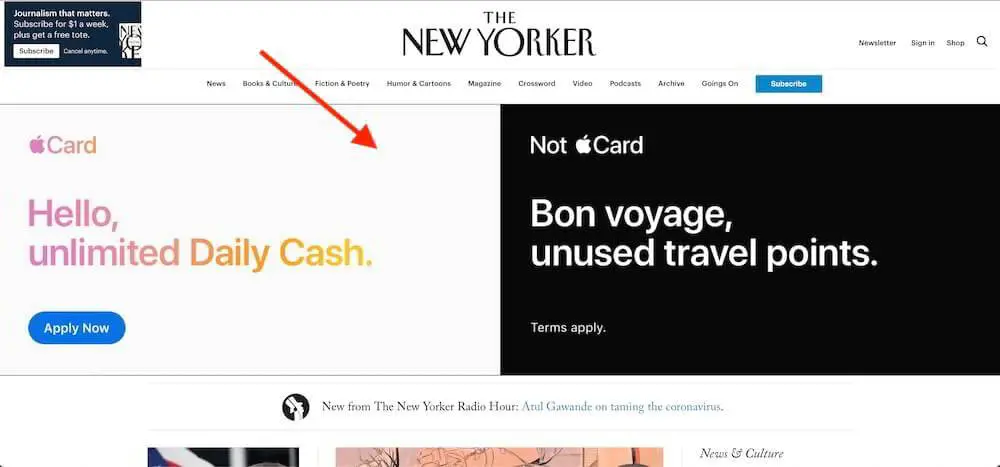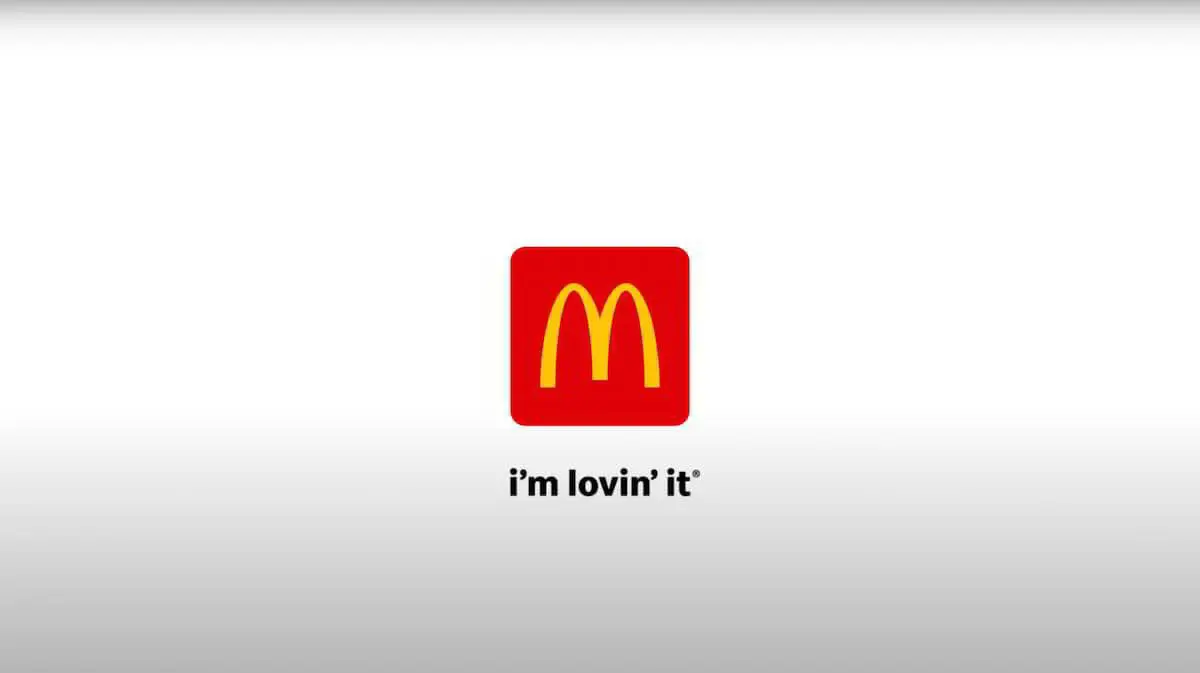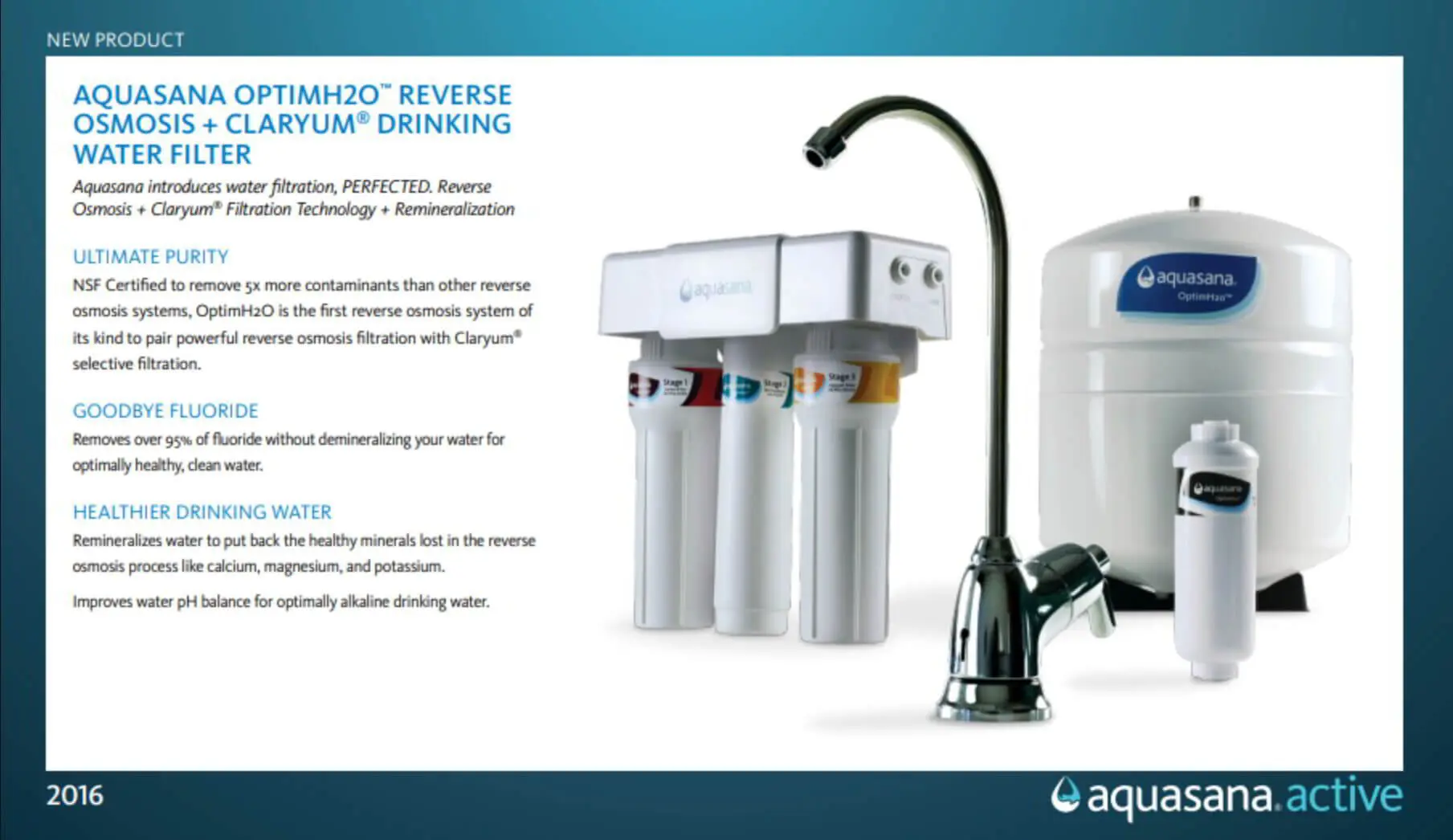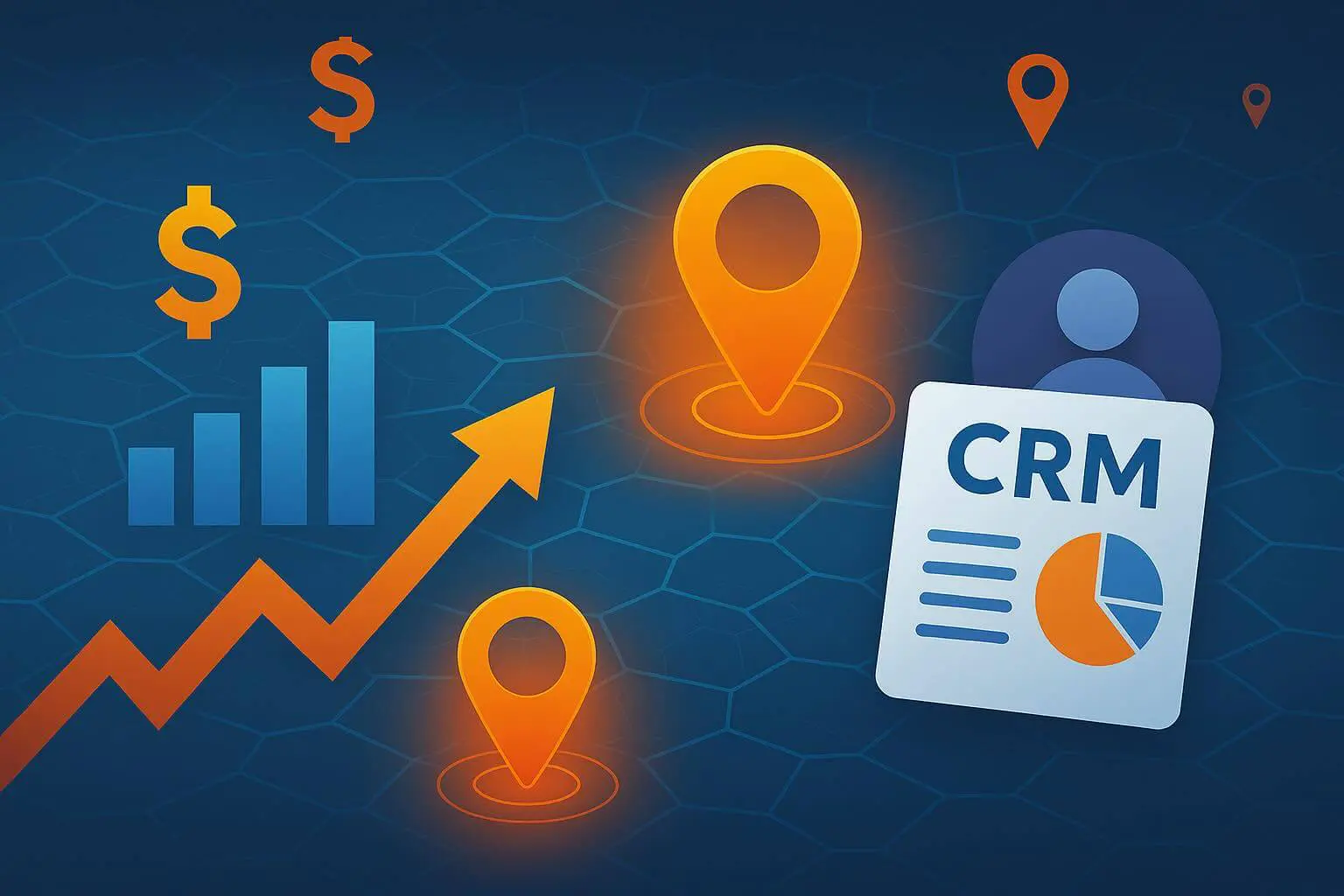Some businesses develop a product that just sells, and branding design may even seem unnecessary.
However, there comes a point when branding actually serves as your identity, allowing your company to interface in a personally engaging way with your audience.
In time, your audience may even include your brand as part of their identity. This is the power and also the struggle of branding design.
Branding design is the sum of your company’s:
- Name
- Logo
- Graphics
- Tone of voice
- Messaging
- Other symbolism attached to your brand
Together, your stylized media becomes a distinctive identity that helps you stand out from other brands in the same niche or marketplace.
Most companies go through product development first, but branding design is a crucial part of your business plan and overall strategy.
It’s one of the first and most important parts of the branding process, and really strong branding can even place you ahead of competitors.
What Is Branding Design?
Branding design is the actual elements that come from your brand philosophy, such as your style guide, logo, typography, graphic design, product design, messaging, and other symbols that you use to communicate to your audience.
Whereas brand philosophy is more concerned about the set of values or principles that define the overall culture and “feel” of your brand, branding design includes all of the design components that express your company’s unified values.
Components of Branding Design
Most companies compile all of their branding design into a style guide.
These components are defined to unify the company’s look and feel, but it also communicates to all employees, press, executives, and ambassadors how to use your branding.
These branding design components include but are not limited to:
- Your company name and logo
- Tagline or slogan
- Product design and packaging
- Website design
- Social media graphics
- Business cards
- Employee uniforms
- E-mail signature
- Color palette
- Typography
- The tone of voice and messaging style
- Billboards
- Paper marketing collateral such as brochures and postcards
When starting out, you may want to have an agency create a “branding architecture” chart that structures how you want your brand to look, feel, and communicate.
It’s the best way to start off a new brand design because you can clearly see what values you want to represent and how you’ll share those values with your audience.
Benefits of Branding Design for Business
Once you have a set of principles and ideologies that outline the vision of your brand, you can start the design process.
As you design your logo, graphics, and website, you should also think about the part that each of these components plays in your customer’s journey as well.
How will your audience view the sum of all of your branding design?
There are some significant advantages of companies that utilize branding design and professionally create these design components:
Marketplace Advantage
If you want a real competitive advantage, your unique and professionally designed brand can implement new designs and push the marketplace towards your product.
Branding design helps your business stand out and take over a significant position in the market, particularly when there is steep competition.
An attractive logo, tagline, and bright color scheme may just give you a real competitive advantage – especially if your brand starts trending.
Long-Lasting Impression
When branding design is based on the right strategy, it will immediately attract an audience. The result is a lasting impression on consumers that typically results in a conversion.
Consumers may even recall your brand when they are facing a problem and thus, return to your brand remembering the value that you offered.
That’s why it’s important to create strategies that combine your branding and digital marketing in today’s virtual marketplace.
Connects to Your Audience
You also want to connect to your “tribe” on an emotional level. This puts you in a positive position to speak to your audience’s minds and hearts without any objection.
While brands can do this by understanding what their audience likes, it’s best if companies really study the activities and actions that their audiences take – thus seeing what drives their behavior towards things they like.
If it seems like this data is pretty granular, that’s because it is, but plenty of audience insight tools provide “sentiment metrics.”
This is part of understanding your audience and setting up buyer personas, which must be considered when creating your brand strategy.
Generates Engagement
The customer is your best brand ambassador.
For example, every basketball fan looks to their idols to see what brand of sneakers they were.

If Nike is the favorite basketball sneaker of these sports influencers and celebrities, then it sends a message that this is a top-quality, valuable brand that gets attention.
Social media audiences love jumping on trends, but if your product is good enough, that first interaction will keep them connected to your brand and spur new engagement.
This is where branding strategies must also combine with social media so that your page, content, and brand all have a cohesive feel. This is how you gain more brand awareness, which equals more followers, and so on.
Shows Your Company Culture
No one wants to support a faceless corporation that doesn’t have any goals, values, ethics, or objectives.

The language and design elements you use to share your brand matter immensely in today’s online social world.
Your design components should reflect the same values as your company, and if your strategy is right, then it also reflects the values and beliefs of your customers.
Brand Recognition and Visibility
Who doesn’t recognize the Coca-Cola or Nintendo brand?
When brand design is in unison, it creates a powerful, lasting impact on your audience.
Your unique fonts, logo design, color scheme, and creatives are an expression of your brand’s personality.
While it may take some time to develop an awareness of your brand, it’s the unique factor of those elements that will make people see something and automatically think of your brand or products.
Sets an Example
Many companies today also use their branding design to show their good works by incorporating a tagline or message that benefits a community or cause in some way.
For example, Newman’s Own has a very unique slogan that’s also very simple: “100% Profits to Charity”.
Customers who see this tagline on the product packaging automatically see the value. If they buy this product, then their money is doing something good. Isn’t that an amazing branding strategy and example of branding design?
Once you have brand design elements in place, it’s easy to design creatives for all of your campaigns, including:
- Print ads
- Display ads
- Social media posts
- Mobile banners
- Video commercials
You’ll find it’s so much easier to build templates once you have the right color palette, typography, and messaging considerations, too.
7 Crucial Tips for Your Company’s Branding
For our clients, we like to complete a brand audit and look at how closely the values of the company match those of their audience.
It’s an important first step to getting the strategy right, which informs the design and development of the brand’s identity.
Our design and branding experts share more tips from successful experiences in marketing new startups and rebranded companies:
1. Forego Trends and Stay Evergreen
It’s tempting to jump onto what everyone else is doing and totally rebrand your company, but it’s even more impressive to create a unique branding design that’s ahead of the curve.
This involves a measure of staying true to your customer and having the insight to know matters most to them.
Industry dynamics and marketplaces will change, but you want to have a classic, beloved design that always maintains its impact on customers.
2. Matching Values
Your company’s values should match that of your customers, and the way you show that is through the design.
What are the major objectives and values of your company that you want to represent to your audience?
Your logo, visuals, tone of voice, and messaging all come into play. This is why it’s crucial to create a mission statement and look at the vision for the future of the company.
3. Keep It Simple
Your branding design must be honest and simple, making it easy to communicate to the masses.
While some confuse this with “watering down” a brand, there are ways to design a brand that is unique but not confusing.
This is why you should always define the purpose of the branding design.
What do you want your audience to feel when they see your brand and products?
4. Versatile In Nature
Your branding designs have to work for a multitude of advertising creatives. If your logo is too wide or incorporates weird colors, it may be difficult to design different creatives in certain sizes or for print media.
Your designs will have to adapt to all kinds of media channels, depending on where your audiences get their information and shop for products.
5. Memorable Motto
If you do decide to use a tagline or slogan, then it’s important to make it short and sweet.
The slogan “Just do it” says everything you need to know about a sports brand like Nike. The same goes for “I’m lovin’ it” by McDonald’s.
You’ll love this food and brand. It’s all about adding that extra memorable moment that makes it so easy for a customer to understand your brand entirely.
6. Less Is Still More
People always say this phrase and think that it means minimalism. While there is some truth to fewer colors and fewer elements in a logo, there’s another way to look at “less is more” in branding.
To designer brains, the “less is more” strategy simply means that if something isn’t clicking right away, you can start taking away elements from the design until it clicks or moves you toward a new direction.
For example, the logo has four colors in the design and just looks off–if we remove one of those colors, it could lead the design in a new direction.
7. Easily Understood
This may seem like a no-brainer, but so many startups use a name that’s too esoteric for their audiences to understand.
A classic example of this is Erlich Bachman’s company on the show Silicon Valley, which is named Aviato.
What does a name like that say about the brand?
Can you tell me what they sell or do?
The best brands have great names, taglines, website addresses, and packaging that all go together.
For example, a quick case study of the brand Aquasana shows you exactly how their branding design is so influential to their rise in a competitive marketplace. Aquasana sells water filters.
Their logo, color palette, and website design all feature elements of water, and their tagline is “Live Healthy”.
These values and messaging are incorporated across all of their product pages, SEO content, and social media profiles.
You can easily see what the company is all about and what they value most because of how these elements work together.
Over to You & Next Steps
When clients and agencies work together, they mutually accept responsibility for the results of brand development and strategy.
With the right questions and discovery process, we’ve made it easier for new and rebranded companies to instantly have more impact on their audiences, spreading brand awareness, and seeing conversions.
Do you need help creating professional brand designs for your company?
We’re here to help. Partner with our brand strategy and design team to get the best results.
